It can be very upsetting if you have a dog that’s fearful of people, other dogs, specific noises or particular experiences. As a beloved family member, of course you want them to be able to relax and enjoy their life as much as possible!
What causes fearfulness and anxiety in dogs?
The most common reason is limited socialisation and exposure to the world in their formative period (8-16 weeks). This is the most critical time in a puppy’s development, when they are ripe for making social connections, picking up new behaviours and adjusting to new situations. If pups aren’t socialised and exposed to new experiences extensively by 4 months old, it’s much more likely they’ll have fear based issues later in life. It’s so important we don’t keep our pups isolated and at home during this time.
Fear and anxiety can also be caused by a traumatic incident – a dog attack, injury, illness or big fright. Some breeds are more susceptible to developing phobias, while others are more resilient.
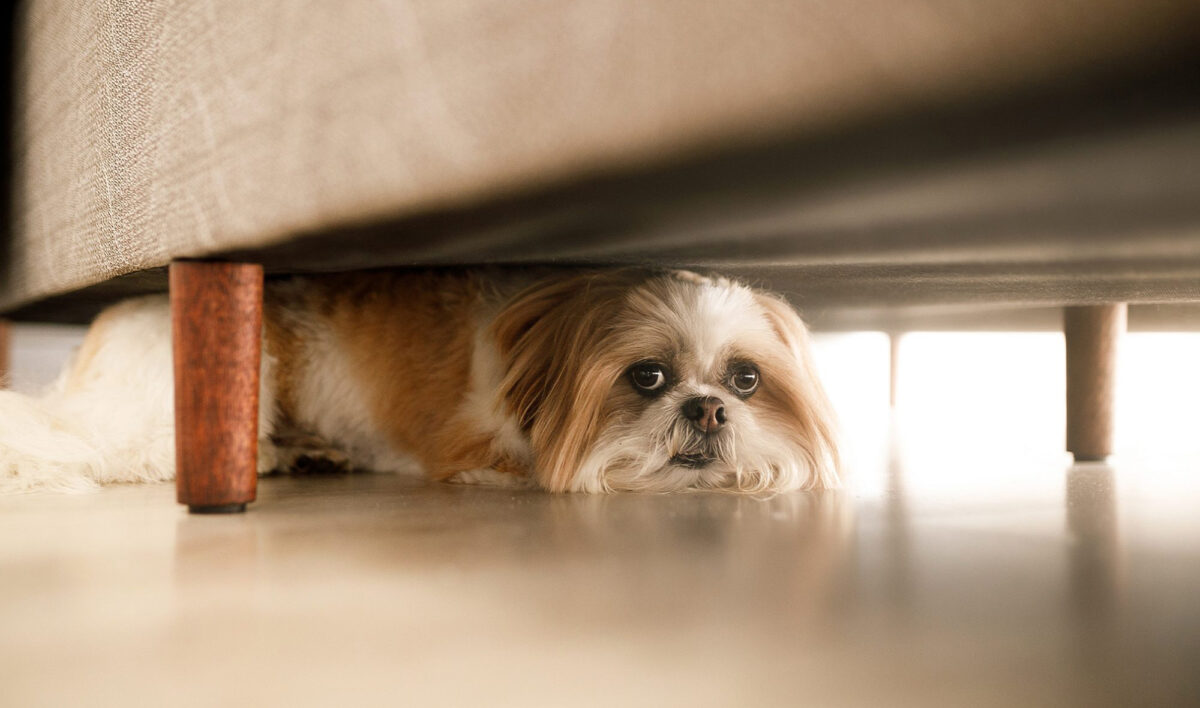
How to prevent fear issues from developing in a puppy
If you’re raising a puppy, the best thing you can do is socialise them extensively and give them a wide variety of experiences and exposure to the world. We cover some ways you can raise a relaxed pet in my previous article.
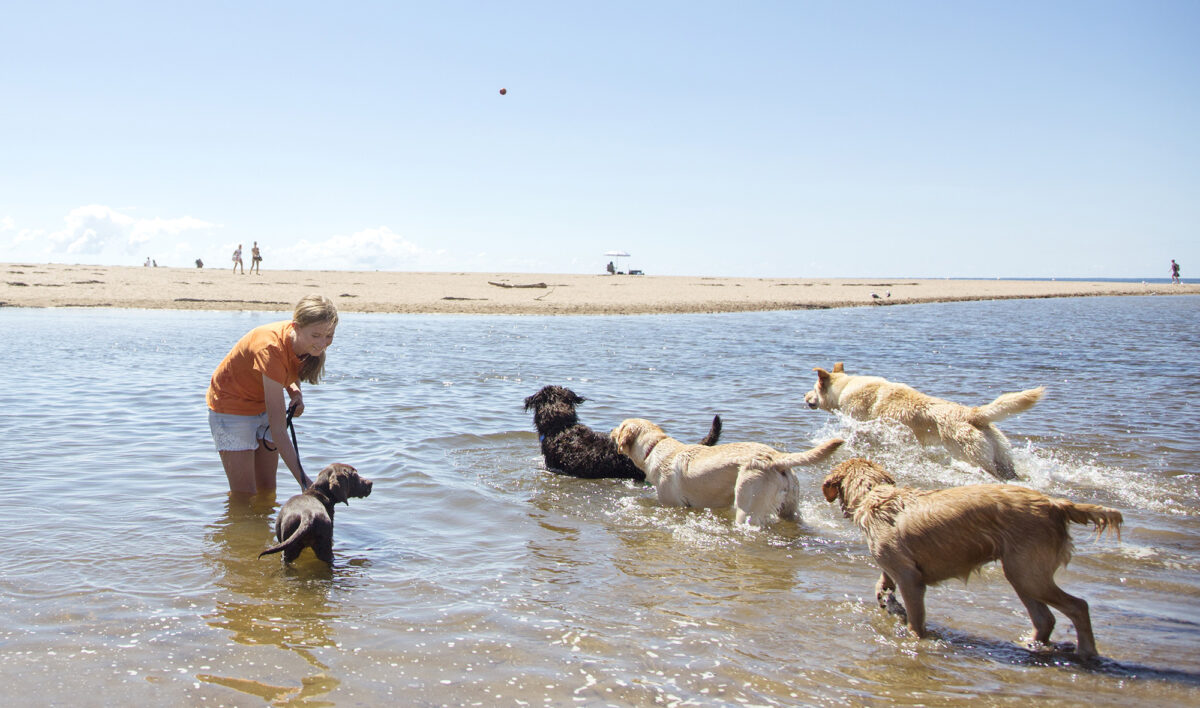
Treating Fearful Dogs
- Identify the root cause
Before diving into solutions, it’s crucial to understand the root cause of your dog’s fear. Observing your dog’s body language, identifying triggers, and assessing their overall behaviour will provide valuable insights into the specific fears your dog is grappling with.
- Build trust
If you want to help your dog feel more safe and calm, it’s critical they trust you and look up to you as a mentor who is in control of the situation. They need to know that you’ve got this so that they can relax.
– Treat them with patience and kindness, do not growl at or punish them for their fear.
– Take control of resources (like food, contact, freedom, affection), this helps them view you as a trusted mentor to look up to.
– Play! Great for bonding and building trust.
– Give plenty of contact and affection.
– Be consistent.
- Use a clicker
Clicker training is not just about teaching tricks! A clicker is used to mark the exact behaviour we want from a dog, but once introduced it also becomes a switch conditioner which helps switch your dog from a fearful, anxious state into a calm, learning state. This can be transformative for fearful dogs, helping them progress much more quickly. Positive reinforcement training with a clicker also builds affection and reinforces the trust and bond between you and your dog.
To introduce a clicker, throw treats on the ground and click as your dog eats them. Then practise some basic commands such as Sit. Give the command, click the instant your dog’s bottom hits the ground, then follow up with a treat. Always click the instant your dog does the right behaviour, and always follow with a treat. If you don’t want to use a clicker, instead say yes in a nice, consistent, positive tone of voice in place of the click (called a yes marker).
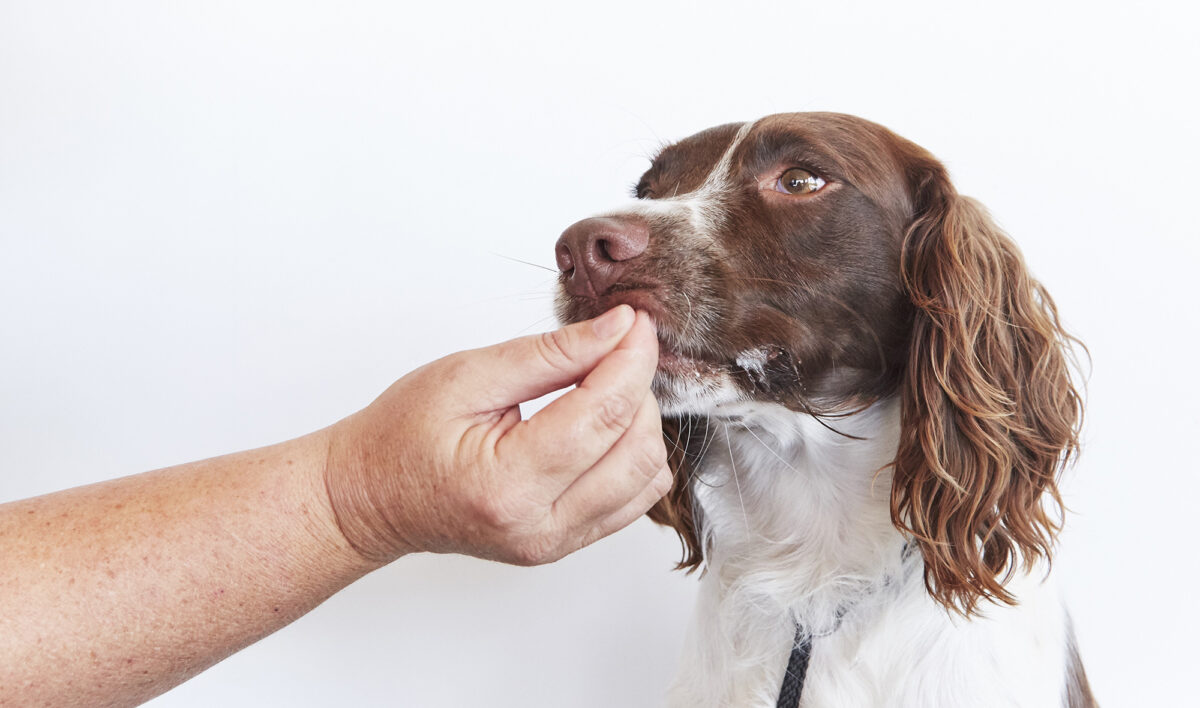
Do desensitisation training
For this article, we’ll delve into how to treat a dog that’s fearful of a specific stimuli – I’ll use the example of a vacuum cleaner, as this is so common. Desensitisation is a systematic exposure to gradually increasing levels of the fear-inducing stimuli, while using a clicker and high value food rewards to keep the dog calm and accepting, and to help wire in that acceptance.
1. Getting started
Ensure your dog is hungry before the session, and arm yourself with high value treats, like cooked chicken or dog roll. Begin the session with a few calming commands such as Sit, Down and Heel using your clicker and treats, to establish contact and focus.
2. Begin by introducing the stationary vacuum, turned off
Place the vacuum in the far corner of the room and bring your dog in as far from it as possible. Start by practising some Sit and Down commands. Don’t turn it on! If we start it straightaway, the dog would become stressed immediately and this makes training extremely difficult.
Begin dropping pieces of food on the floor systematically closer and closer to the vacuum cleaner for your dog to eat. Click as they eat the treats. If your dog is eating, it’s a great indicator they’re doing okay. If they stop eating, move further away from the vacuum and click and reward for calm responses. If necessary, cover the vacuum cleaner up and start from there.
Continue moving the treats you are dropping closer to the vacuum cleaner, then eventually start putting the food actually on top of it, to get your dog interacting with the vacuum. Pace how fast you go based on your dog’s reaction – you need to push their boundaries but not so fast that they can’t cope. This might take more than one session so go at the pace your dog needs.
3. Progress to moving the vacuum, while it is off
Once your dog is comfortable taking treats from the stationary vacuum, have someone pick up the nozzle and move it slowly and gently near your dog, again not turned on. Continue to click and reward your dog for calm behaviour. Throw treats near to the head of the vacuum as it moves and encourage the dog to get the treats. Praise and talk to your dog in friendly up tones throughout this process, and remember to be guided by your dog. If they seem okay, move them closer to the vacuum, if they seem too stressed, move them away and give it more time.
4. Gradually increase noise intensity
Once your dog is doing great with the moving vacuum, take them well away from the vacuum and have someone turn it on at the lowest setting. As you’ve been doing work with the vacuum off and close to your dog already, having it on but further away is not so threatening. However, you might want to cover it with a blanket to buffer the noise if it seems too much for your dog. Start with it on briefly (about 3 seconds) then turn off. Then extend systematically. Click and reward your dog continuously for calm responses.
Start to move your dog toward the on vacuum cleaner in very small increments closer and closer, clicking and rewarding throughout. Your dog may be a bit scared, but if they’re taking food from you then they’re doing well, and keeping them focused on the food lures will help keep their minds off the noise.
Remember it’s fine to move very slowly through these steps, you want your dog to be comfortable with each step before you move to the next. Slowly and surely is good, moving too quickly can cause you to go backwards in this training.
In each session get as far as your dog can handle and finish on a good note, with them eating. You might not get through all the steps, that is not a problem, just take it slow. In each new session, go back a step or two so they begin on success. Succeeding is the name of this game to build their confidence.
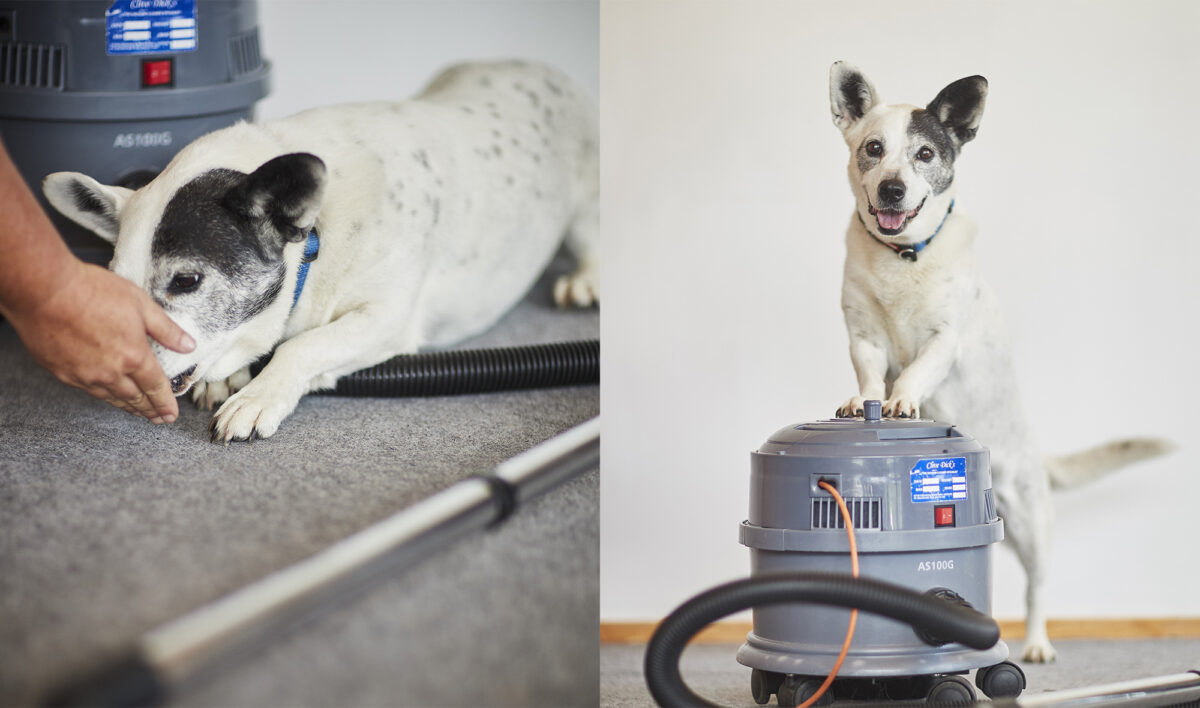
How often to train
Ideally do this therapy once or twice a day. You can spend up to 15 or 20 minutes doing a session – just watch to see how your dog is coping. It can take between 1 – 6 weeks to see good change, depending on how severe the issues are with your dog.
Extra tips to increase your success
- Use high value food like chicken, you want your dog distracted by and focused on the treats!
- Ensure you exude calm confidence, if you are anxious, your dog will sense this and they’ll take your lead.
- Bring in a calm, confident dog (that your dog knows and likes) to assist with your training. If your dog has a confident doggy friend, their presence will likely help your dog progress much more quickly with this training. The other dog will show them there’s nothing to be afraid of, and give off the right calming pheromones to help your dog relax too.
Fireworks and thunder
If treating a phobia like fireworks or thunder, you can play the noises through a speaker to begin with. Start at a very low volume, then gradually increase as your dog is coping (using the systematic desensitisation described above).
What to do if your dog is fearful of people or dogs
If your dog is fearful of dogs or people, the training approach is different and requires careful skill – check out our Virtual Training Schools if this is something you’re dealing with, and use code FHD15 to get 15% off.
When to get additional help
If your dog’s fear is creating major issues, it’s worth chatting to myself or another behaviourist and potentially a vet – in some very chronic and difficult cases, drug-facilitated therapy may be appropriate.
Good luck!
Good luck with your training, and do feel free to reach out to me directly if you have a question or aren’t sure where to start. You can contact me through my Facebook page.
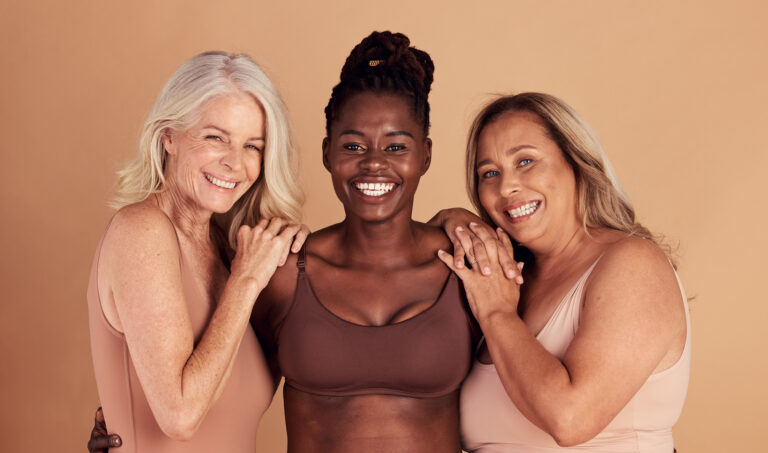
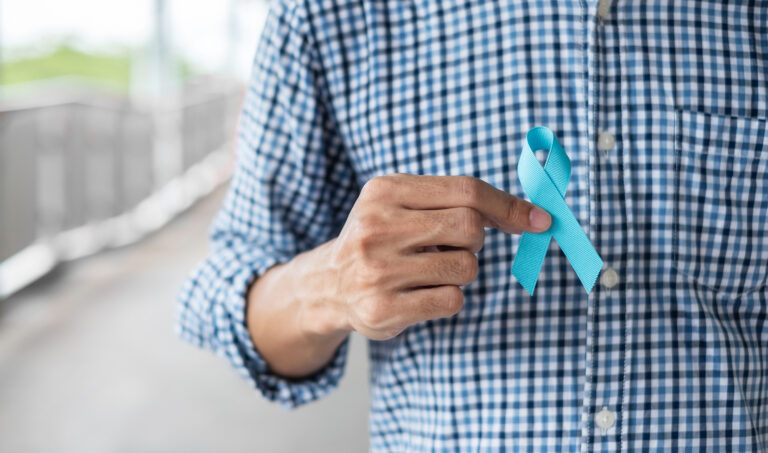


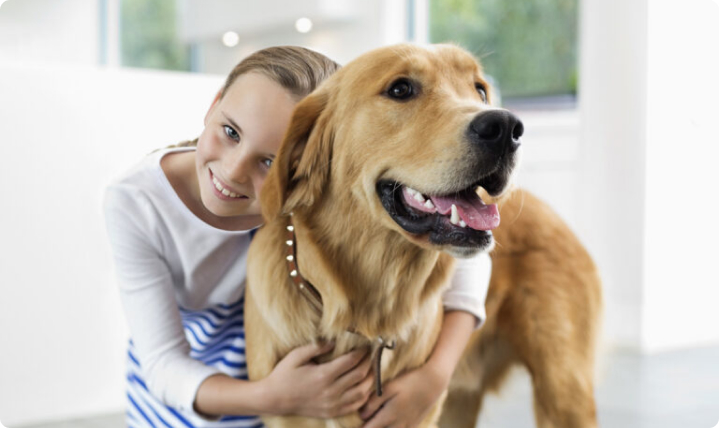
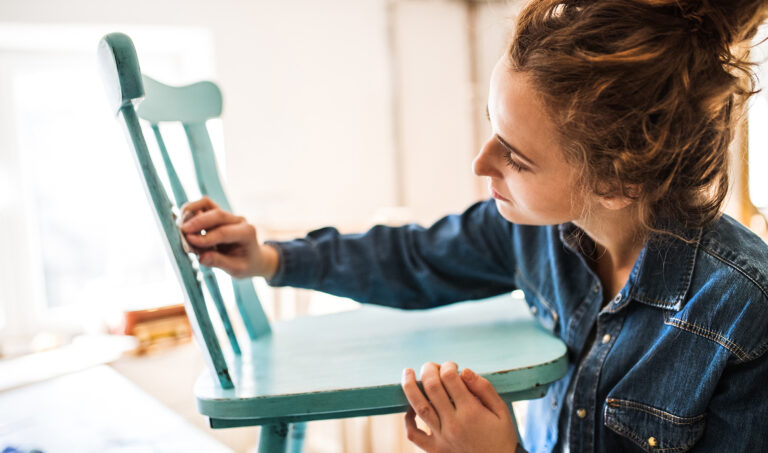
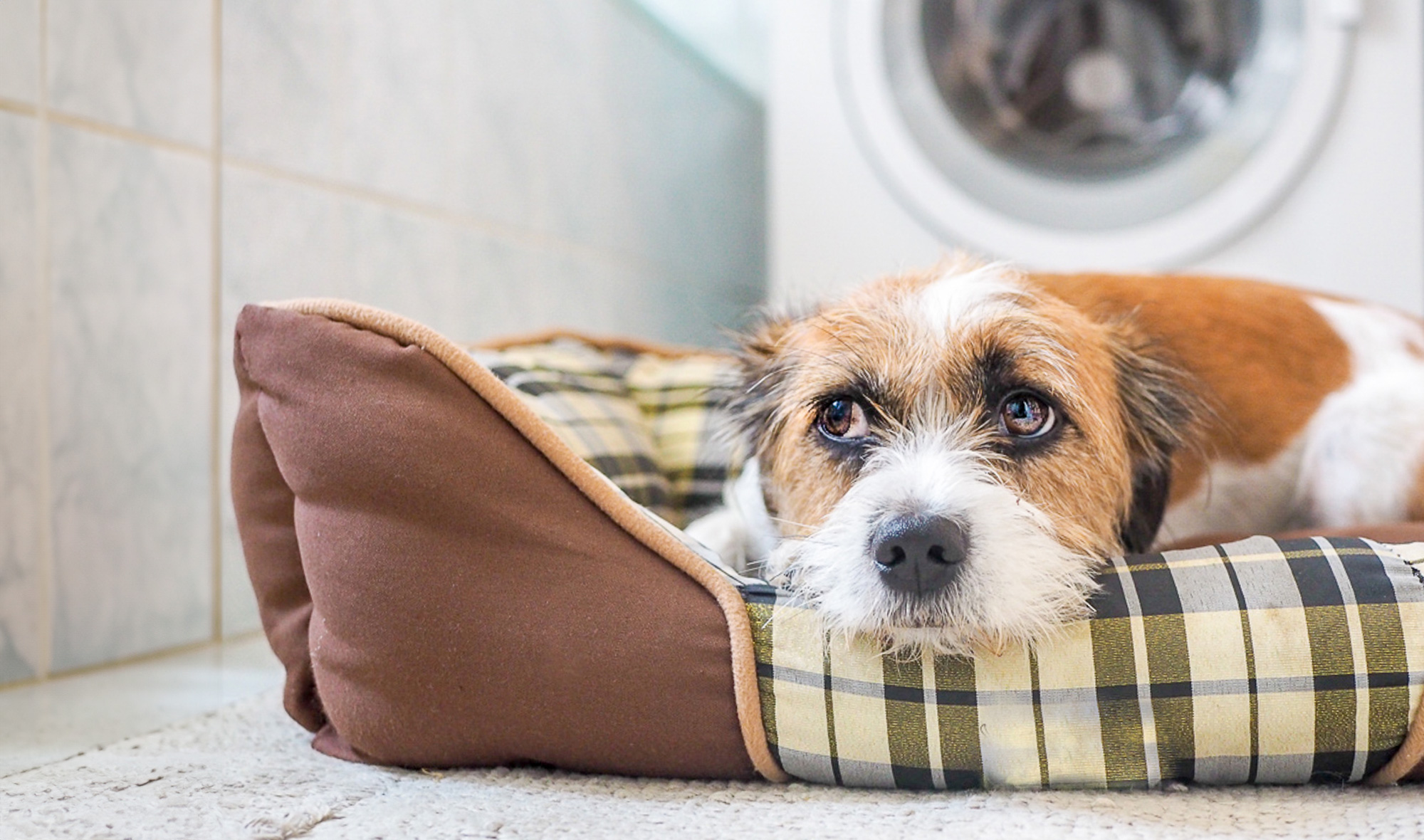
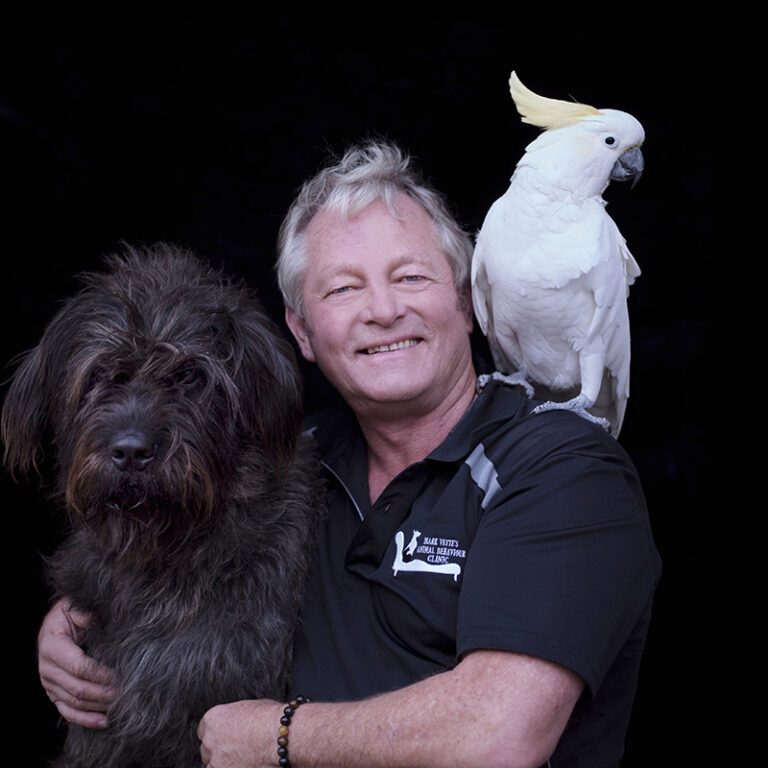
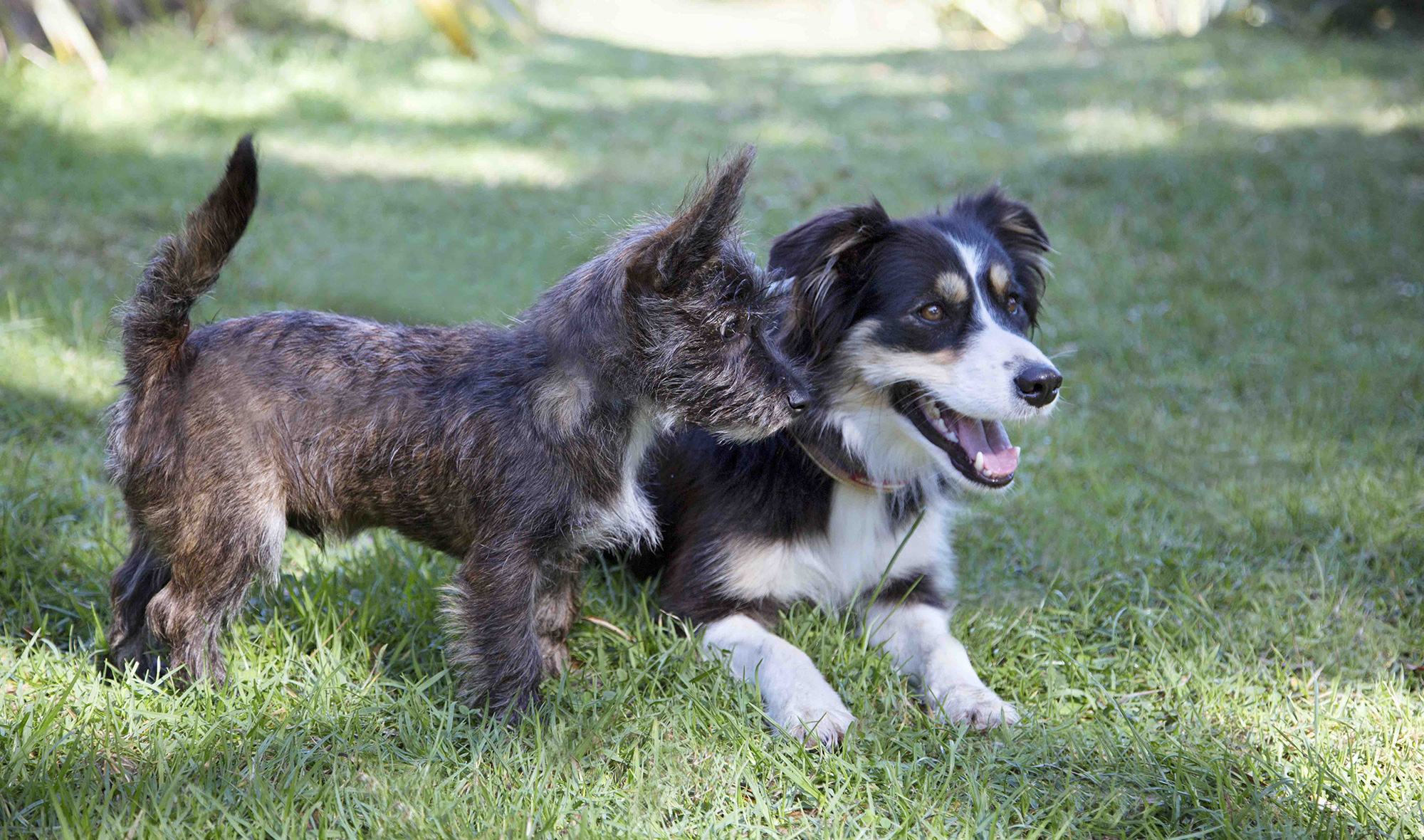

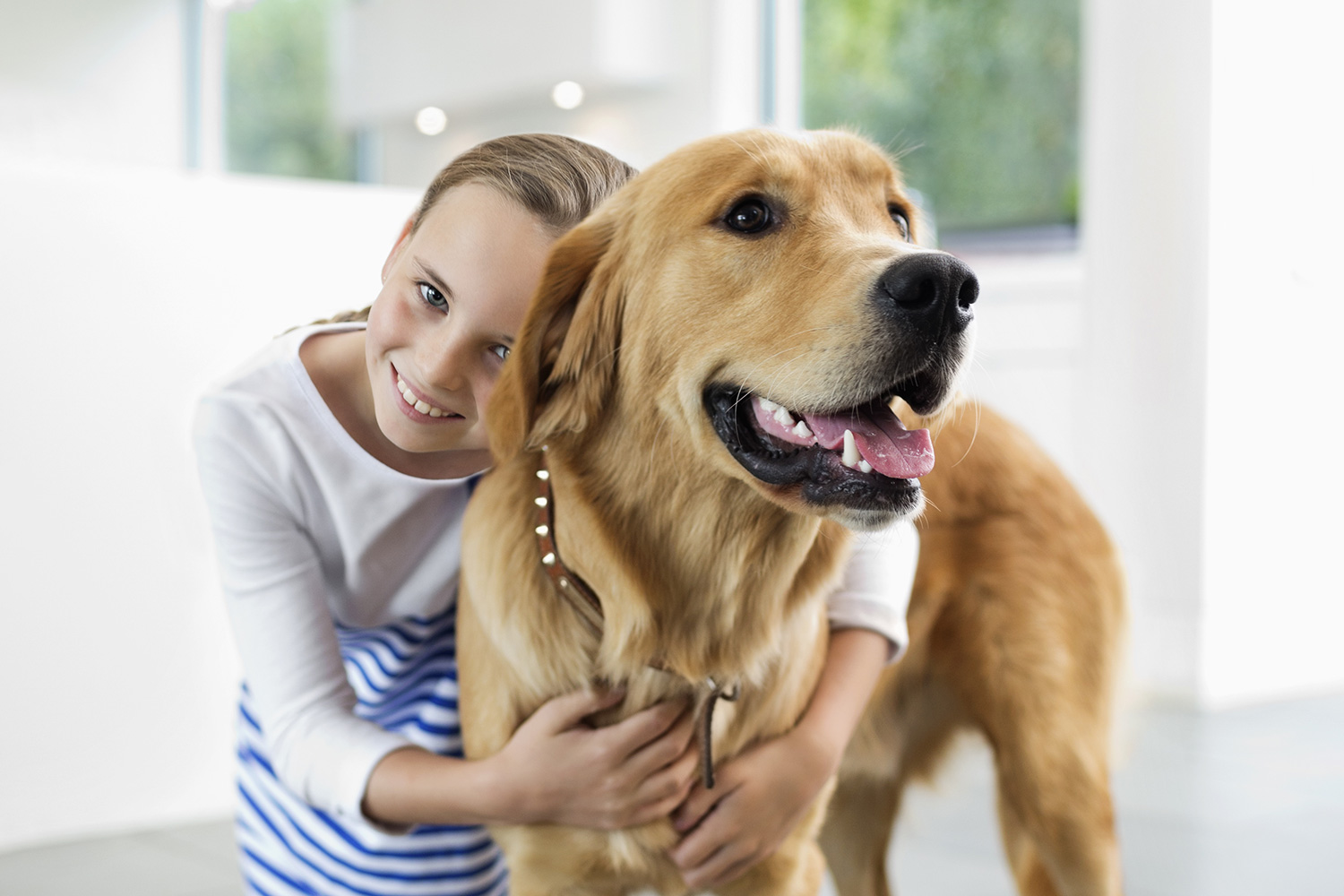
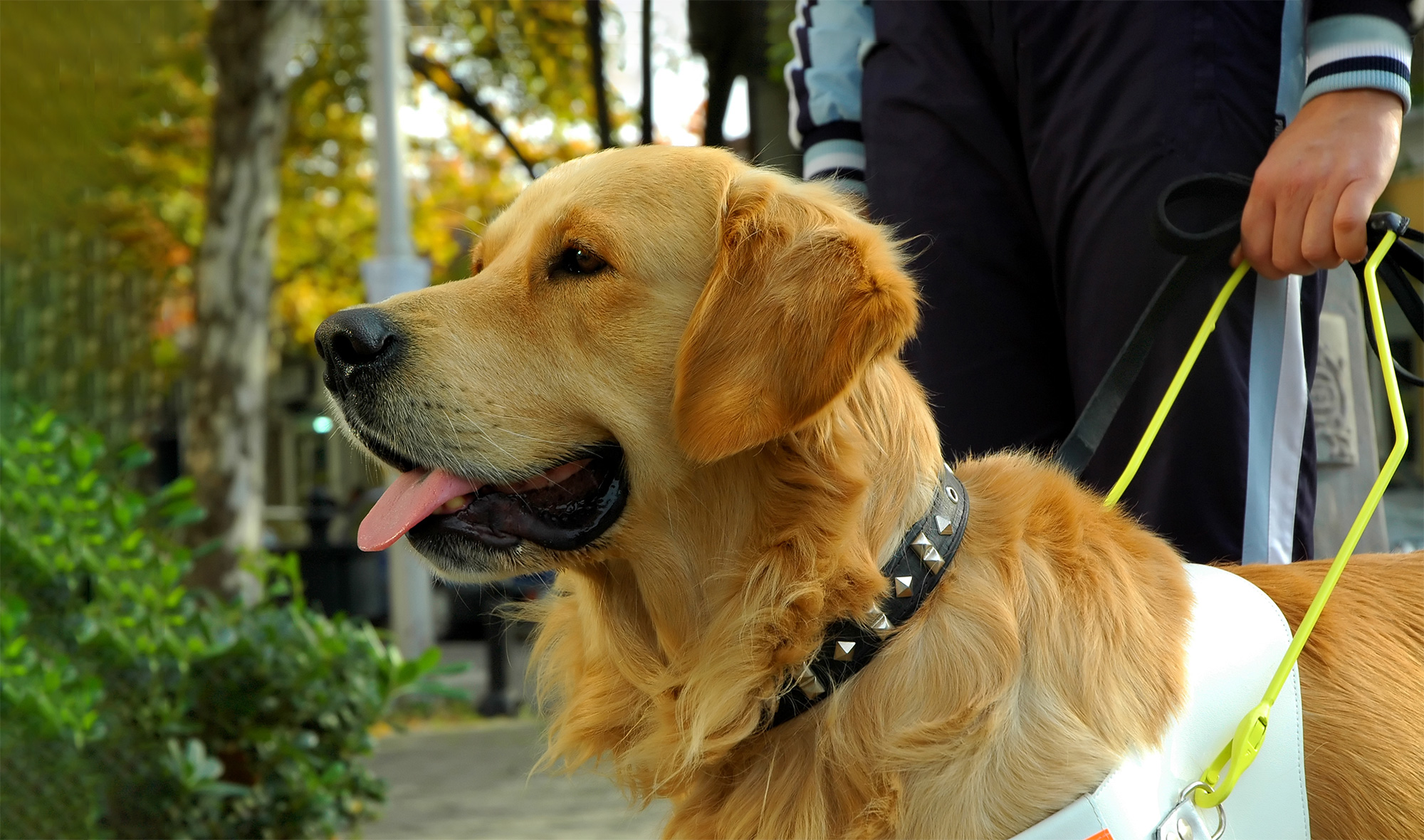

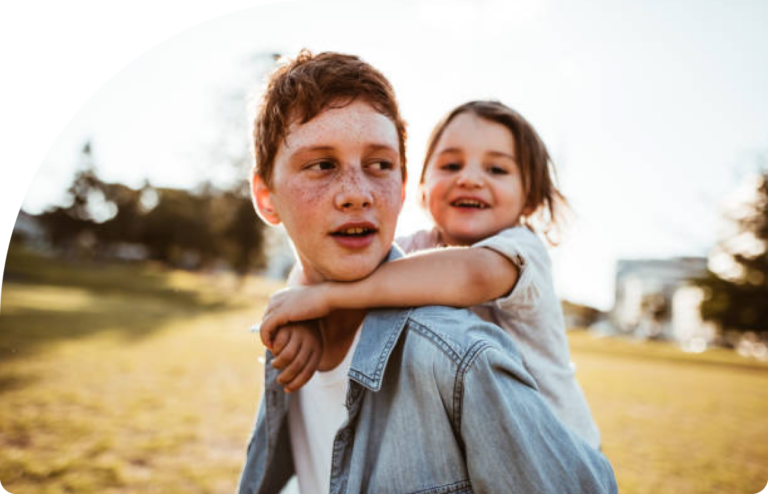
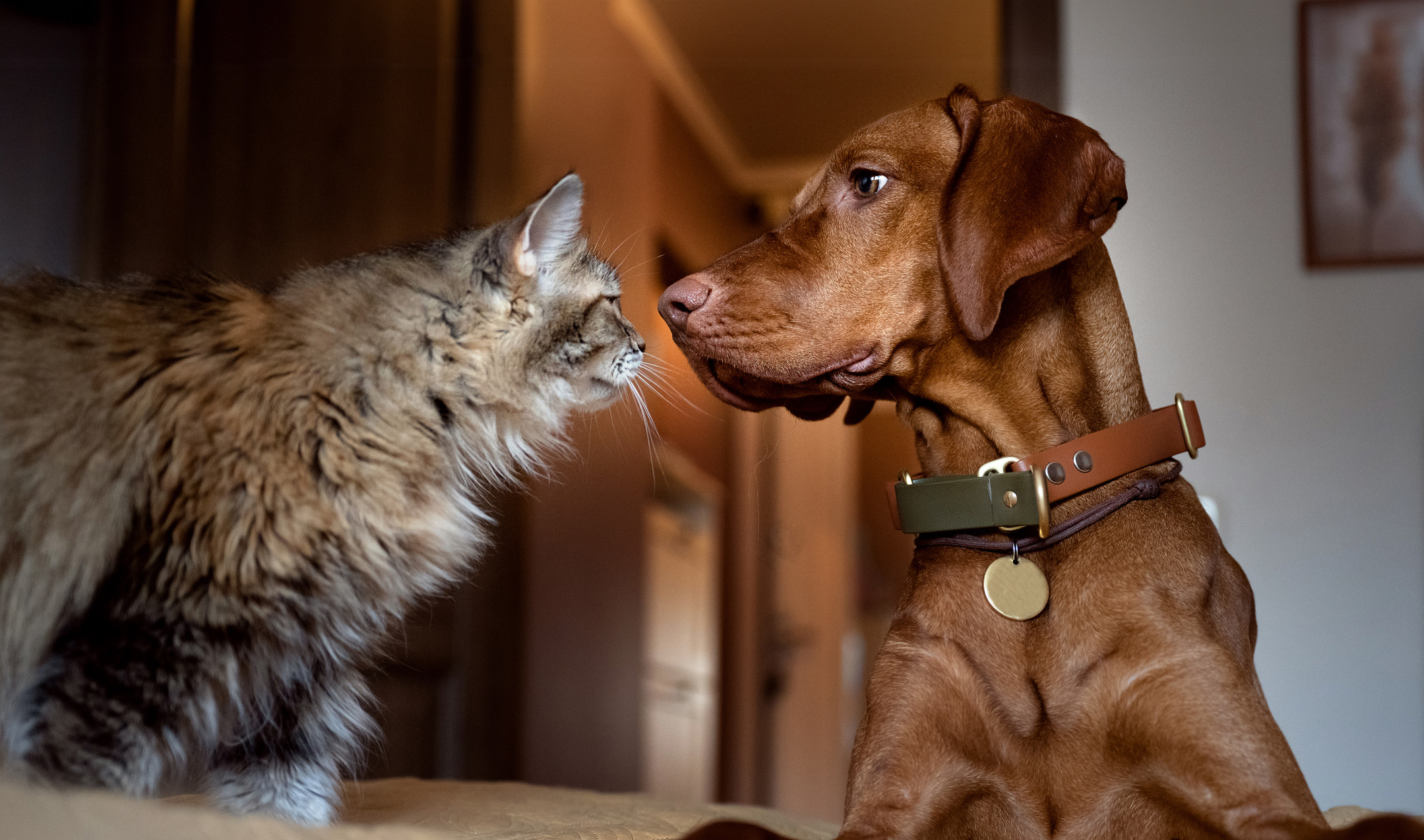

Community